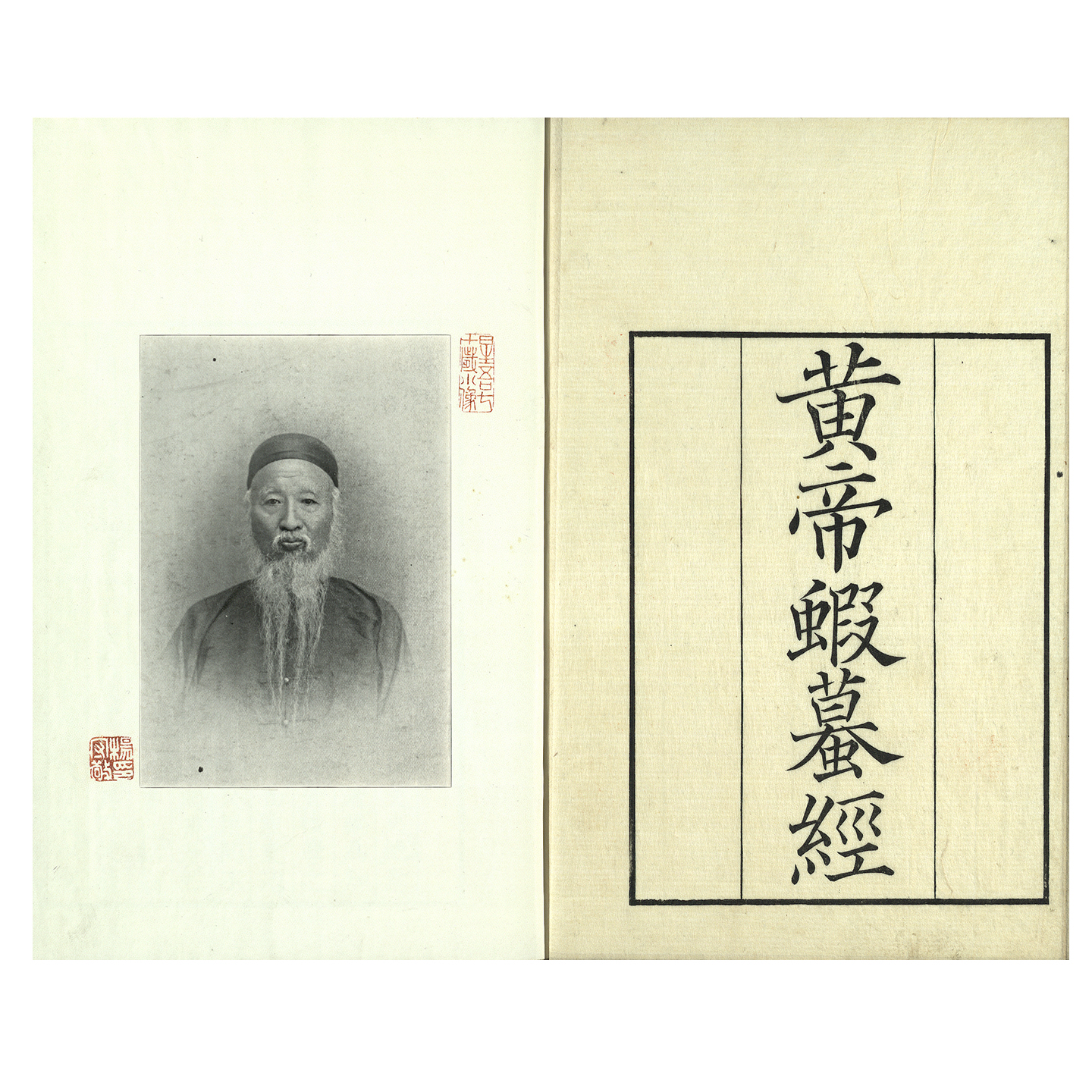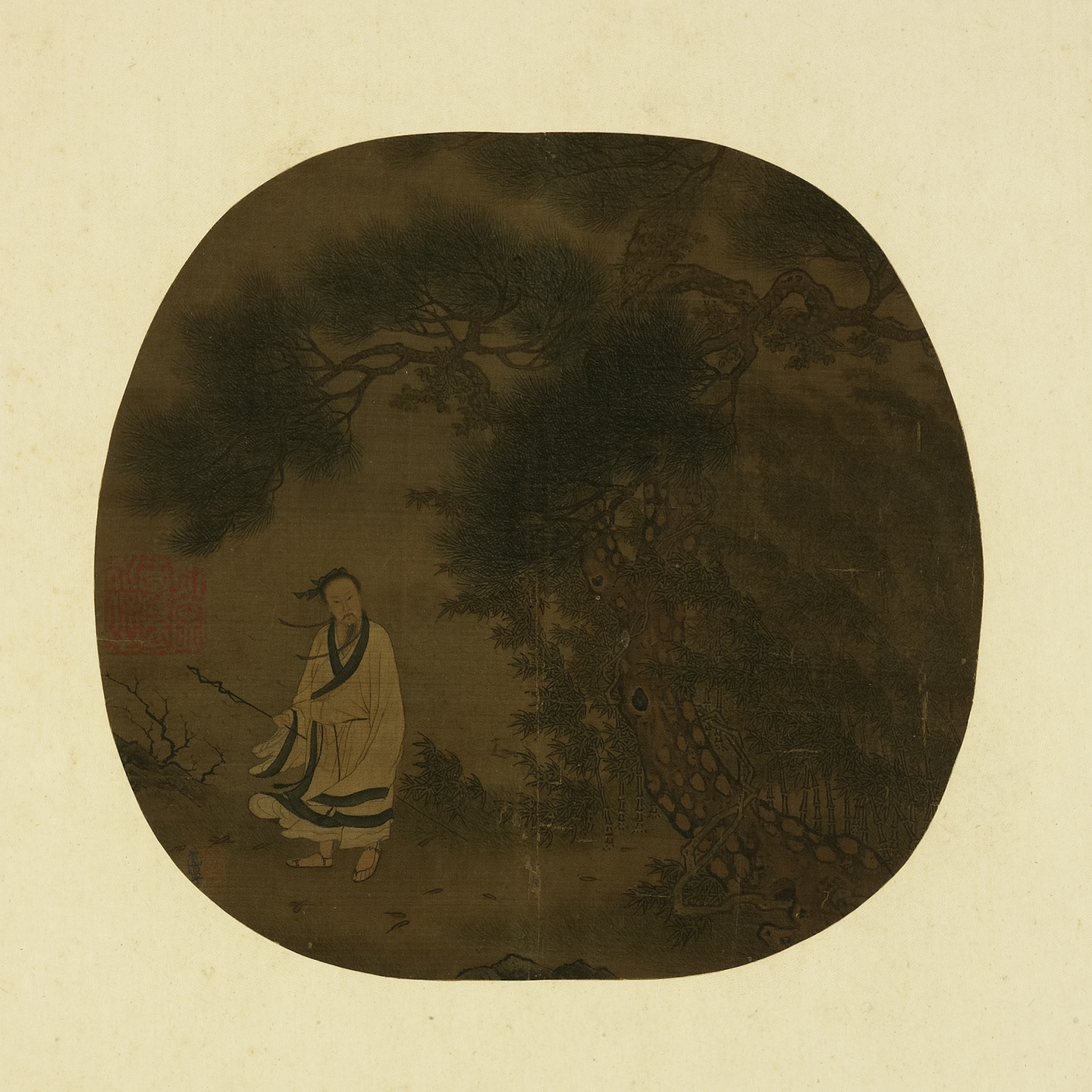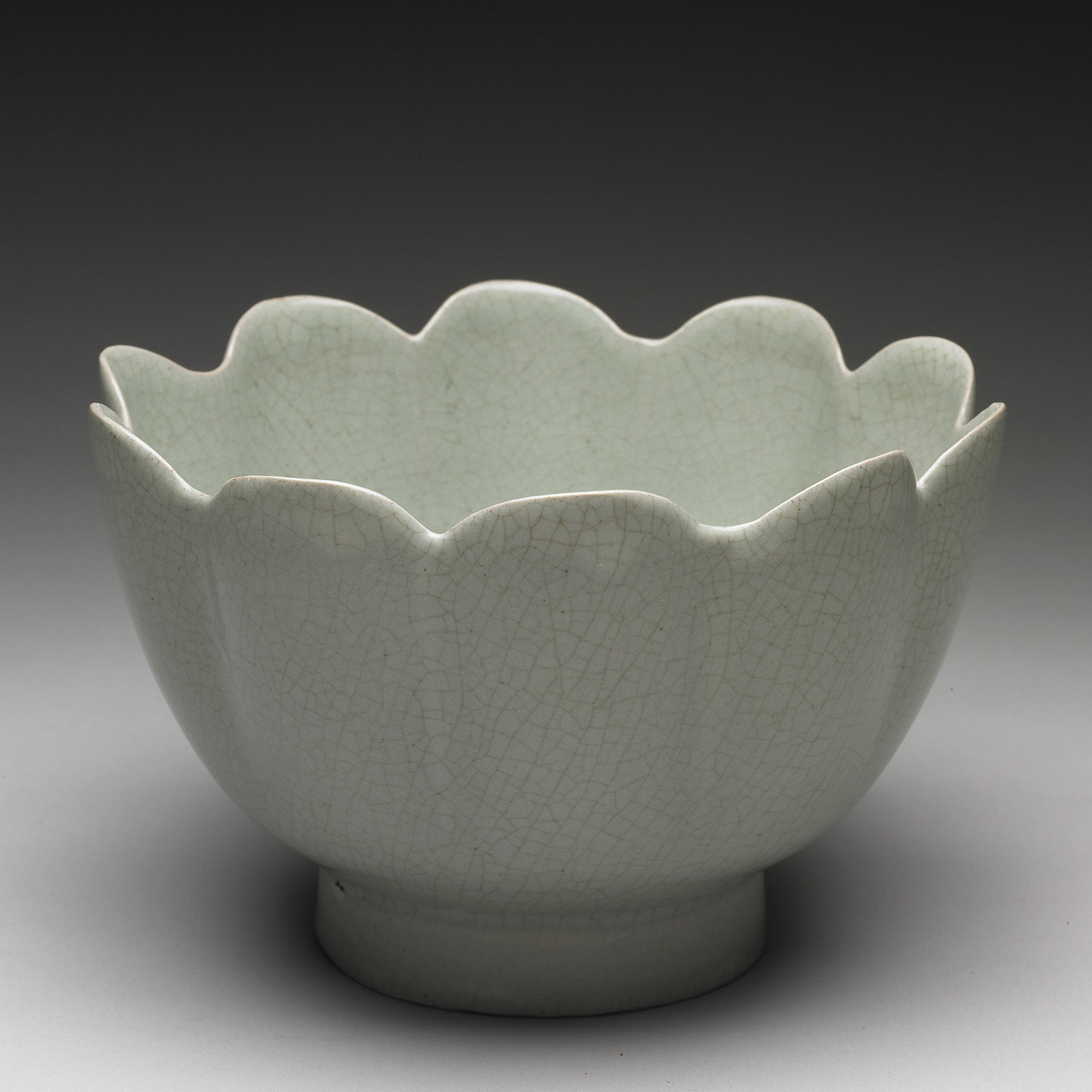Laozi, the famous ancient philosopher, wrote in his classic Tao Te Ching that, "In the world there are four great things within which Man resides. Man is governed by the Earth; the Earth is governed by the Heavens; the Heavens are governed by the Tao (Way); and the Tao is governed by That Which Is (Nature)." Since antiquity, the Chinese have believed that people are not merely a part of nature but that every facet of life is influenced by it. By observing, imitating, interpreting, and deriving from it, people could achieve an ideal realm of unity and harmony. For this reason, maps of palaces were designed to imitate the "Purple Forbidden Enclosure" of stars and constellations in the heavens, times avoided for doing acupuncture based on the waxing and waning of the moon, and divinations made on the changing positions of heavenly bodies. There are also exercise movements to recover from illness and to strengthen the body based on those in the plant and animal world. Various antiquities likewise feature patterns, qualities, and hues that mimic ones found in nature, and many works of poetry, prose, painting, and calligraphy are on the subject of gardens and the countryside. Together, they represent the feelings and ideals of people to recreate and return to nature. Numerous forms of artistic expression thus not only reflect how people learned from and interacted with nature but also serve as excellent testimony to the interconnectedness of "Humanity and Nature" in Chinese thought.
The Toad Classic of the Yellow Emperor
- Anonymous
- Compiled and edited by Tamba Mototsugu,
6th year of the Bunsei reign (1823), Japan - Text: 18.2 x 13.6 cm
- Book: 26.5 x 17.5 cm
This book was originally written sometime after the Han dynasty (206 BCE-220 CE). The
"Gazetteers, Books, and Canons" section in
The Book of Sui mentions a text entitled The Yellow Emperor's Toad Classic of Prohibitions on Acupuncture and Moxibustion, which is probably this book. In the title, the Yellow Emperor refers to the legendary ruler of China, and the toad is an animal, along with the hare, identified with the moon.
The contents of this book are based on ideas in the earliest known treatise on Chinese medicine,
The Inner Classic of the Yellow Emperor, and they deal with the relationship between the sun and moon, the flow of yin and yang, and fluctuations in body energy as following the moon to promote regularity. Acupuncture and moxibustion (burning mugwort on the body to induce energy circulation) are beneficial to treating certain conditions and said to be able to prolong life. In the book, the eight points to conduct acupuncture must be done in accordance with the waxing and waning of the moon (as represented by the toad and hare). The treatment of internal organs must also follow the Four Seasons and Five Elements of traditional Chinese thought. This book is an early surviving text on prohibitions about the use of acupuncture and moxibustion.
Walking with a Staff Under Pines
- Xu Daoning (ca. 11th c.), Song dynasty
- Album leaf, ink and colors on silk, 24.2 x 25.3 cm
Following the shore of a lake is a path shaded by crossing verdant pines and emerald bamboo. A lofty scholar appears under the pines as he emerges from the path. He carries a staff and listens attentively to the melodic sound of wind blowing through the pines and bamboo. This rustic scenery of water and shores is imbued with a refreshing and relaxing quality, the objects tightly packed into the right side of the composition. The pines, bamboo, grasses, branches and even the scholar's robes are shown blowing in the same direction by the wind. The ink technique of outlining the forms of the pines, bamboo, and figure is likewise quite animated. The style of rendering the pines, bamboo, and figure compares with that of Liu Songnian. It is thus perhaps a work influenced by Liu from the late Southern Song period (thirteenth century).
Xu Daoning was a native of Hejian in Hebei who originally sold medicinal herbs at the gate of the capital, becoming quite gifted at portraying all sorts of figures on the street. Later, he traveled to Mt. Hua, becoming a specialist in landscape painting.
Celadon warming bowl in the form
of a lotus blossom
- Ru ware, Northern Song dynasty
(late 11th-early 12th century) - Height: 10.4 cm, rim diameter: 16.2 cm,
base diameter: 8 cm
This warming bowl in the shape of a lotus blossom was fully glazed and supported with spurs when firing. It is completely covered with celadon glaze and also has a touch of blue, with some places having a pastel luster. The glaze features brown crackled lines, and the bowl rests on a tallish rim. Five spur marks appear on the underside. Similar specimens have been excavated from the ruins of the Qingliangsi kiln site in Baofeng County, Henan Province. Two methods of firing took place at the time--with a foot ring and complete glazing with spurs.
The warming bowl accompanied by an ewer was a common pair for alcoholic drinks in the Song dynasty. This is suggested by a wall painting on the subject of an elegant gathering from a Liao dynasty tomb. Judging from silver vessels excavated at a Southern Song hoard, it would appear that porcelains were patterned after them. And with little known about Chai wares, the glaze color of Ru wares become representative of the color known as
"skies clearing after rain." This shows that scholar-connoisseurs used views from nature to discuss the changes seen in glaze colors.



